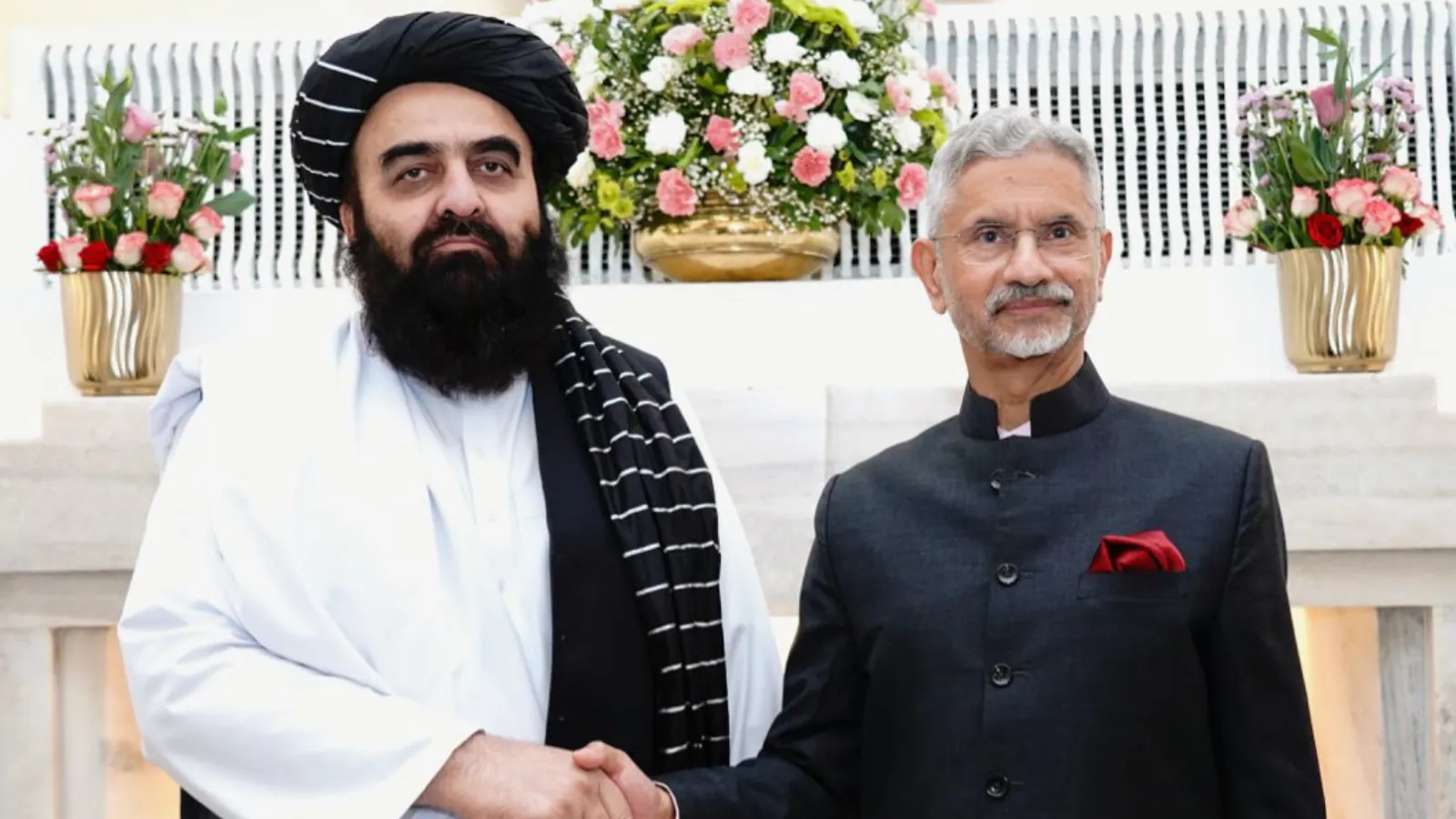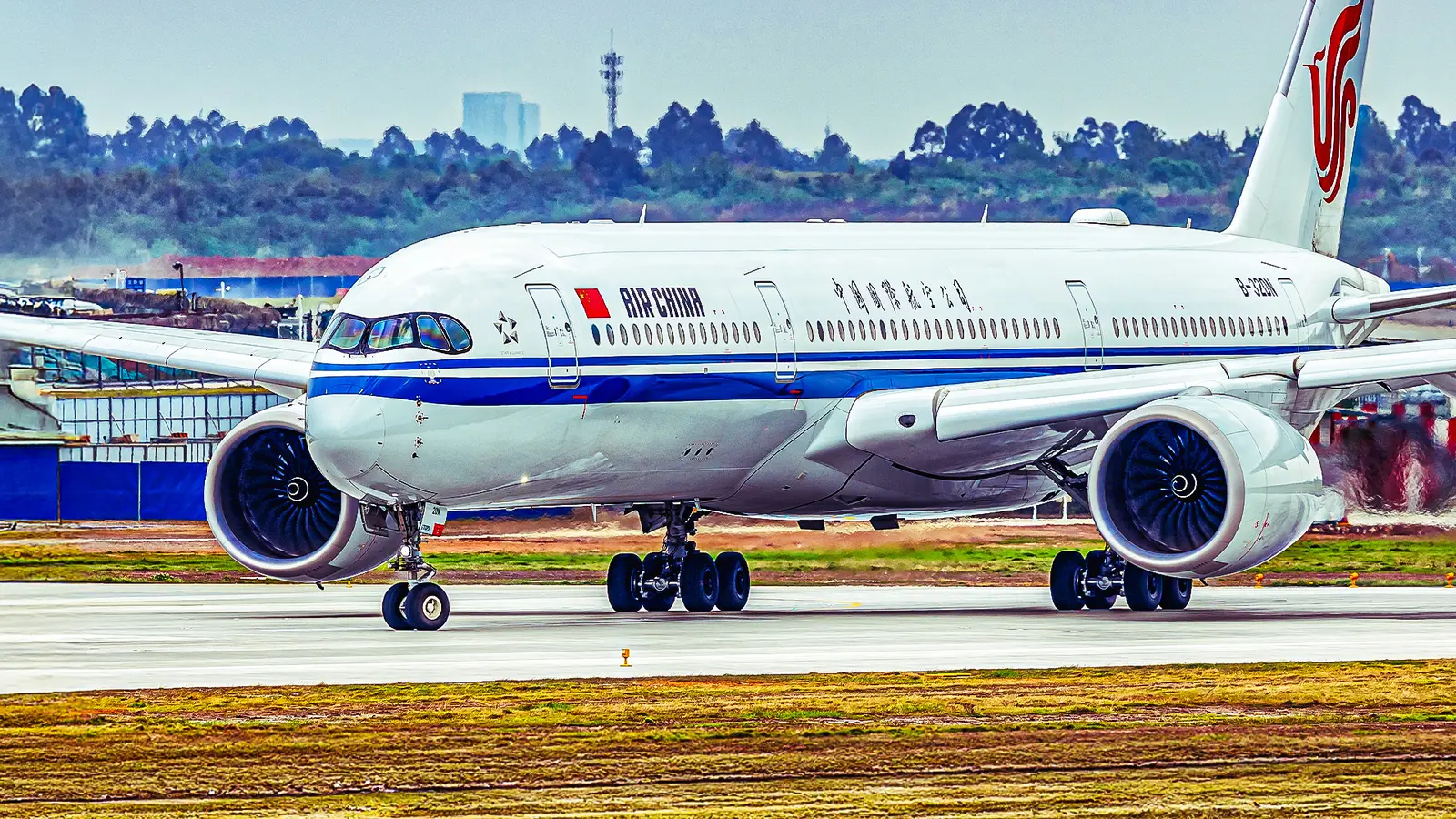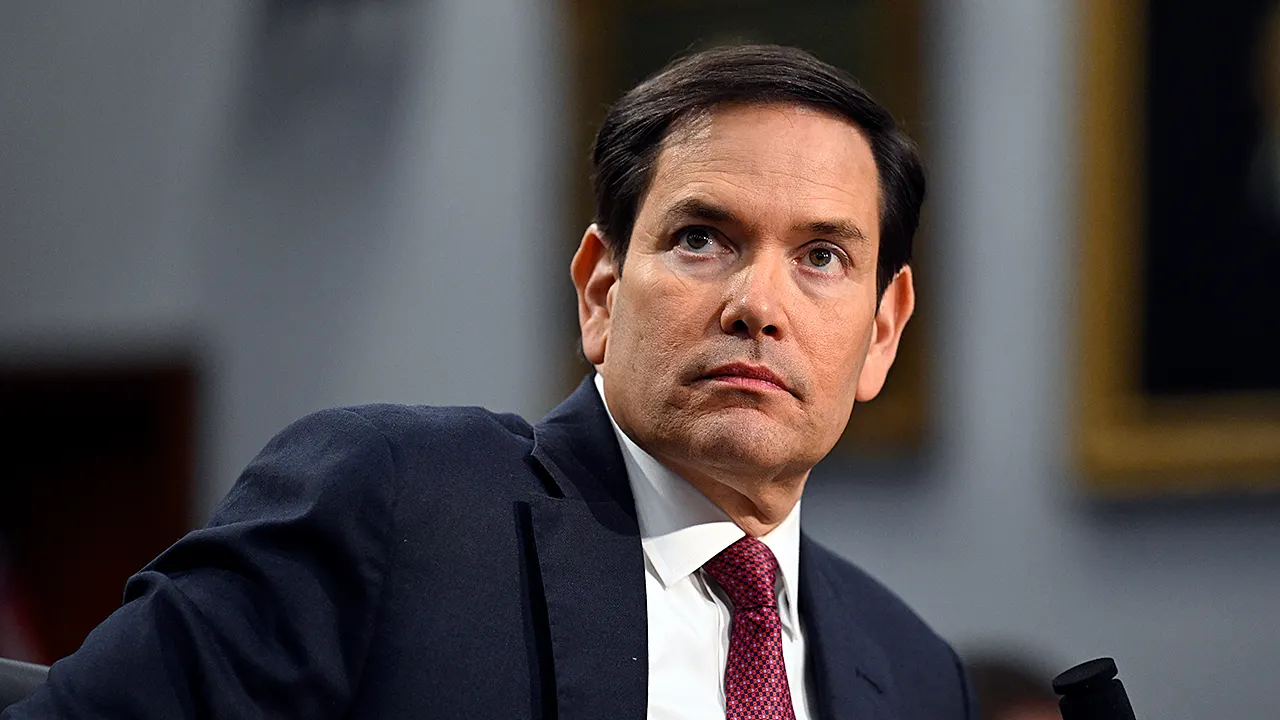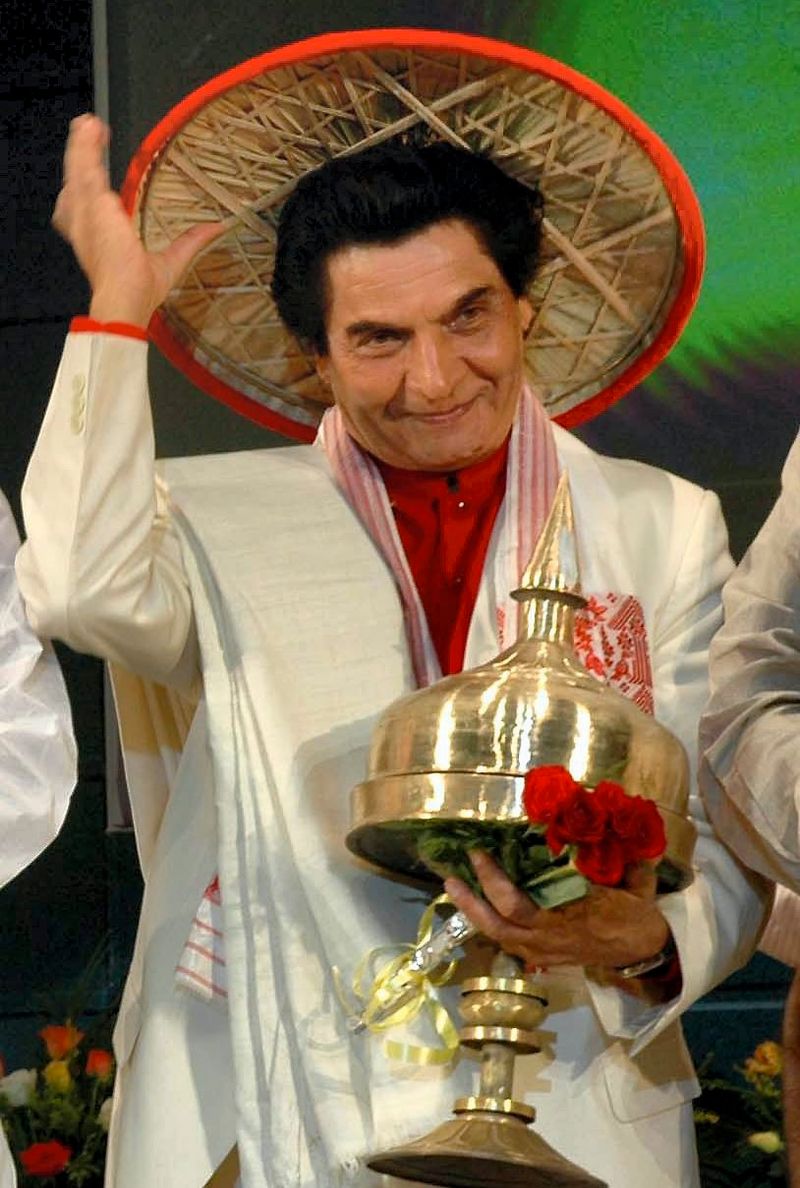Copyright news18

In the midst of global headwinds of geopolitics, Afghanistan’s Foreign Minister Mawlawi Amir Khan Muttaqi’s visit to India marks a tentative diplomatic thaw in relations between the two countries. The visit is seen as India’s subtle re-engagement strategy with Afghanistan while carefully keeping the debate on recognising the Taliban government at bay. The move is timely, keeping in mind China’s expanding influence and the recent fallout in Afghanistan–Pakistan relations. From India’s standpoint, the visit aligns with the country’s multi-alignment foreign policy and its opportunity to turn contradictions into leverage. INDIA’S MULTI-ALIGNMENT IN ACTION India’s shift from non-alignment to multi-alignment is a pragmatic strategy. While engaging with multiple, even competing, power centres in the region simultaneously, New Delhi holds on to autonomy and maintains its relations with the United States, Russia, and ASEAN members. Now, Muttaqi’s visit to India complements India’s foreign policy vision. While India works towards strengthening its position as a key regional player, it does so by acknowledging every regional stakeholder. This way, India not only caters to its own national interests but also seeks to sustain long-term engagement by interacting with regimes that are not only controversial but also diagonally opposite to India’s ideology. India’s re-engagement with Afghanistan is proof of its multi-layered diplomacy and relationships that are sustainable. For example, while Iran’s Chabahar port is critical to India’s trade through Central Asia, India’s defence and strategic alignment with Russia serve as critical support vis-à-vis China and the West. Similarly, India cooperates on maritime security with the US and Japan in the Indo-Pacific and ensures counterterrorism coordination with countries in Central Asia. Now, by adding Afghanistan to this eclectically profound foreign policy, India extends its continental reach, counterbalancing China’s westward expansion. From the Straits of Malacca to the Hindu Kush, India’s multi-alignment foreign policy encompasses both land and sea. This strategic agility demonstrates India’s willingness to foster meaningful and long-lasting stability and peace in the region. THE CHINA FACTOR Since its inception in 2013, India has been wary of China’s Belt and Road Initiative, which has emerged as a challenge for India in its own immediate neighbourhood. Through heavy infrastructural investments and security partnerships in countries like Nepal, Bangladesh, and Sri Lanka, the Belt and Road Initiative has sidelined India in the region and posed a significant security challenge. Moreover, Beijing’s closeness to Pakistan and Afghanistan risks the consolidation of a China–Pakistan–Afghanistan axis, which could further undermine India’s position in the region. However, long before China made mining deals in Afghanistan, India had already left its investment footprints across Afghanistan’s developmental landscape. The Afghan Parliament, Salma Dam, and the Zaranj-Delaram Highway are not simply engineering feats; they are statements of India’s intent in Afghanistan. These infrastructures are reminders that India’s presence has always been constructive, not merely transactional like China’s. India’s engagement in Afghanistan stands in sharp contrast to Beijing’s resource-driven diplomacy. By hosting Muttaqi, India has challenged Beijing’s dominance in Kabul. The reopening of the diplomatic mission in Afghanistan helps India maintain its visibility and influence through limited but important engagements in humanitarian aid and trade talks. This also signals the revival of almost two decades of India’s development investments in Afghanistan — in infrastructure, education, and healthcare. The renewed relations between the two nations clearly indicate India’s commitment to preventing any form of strategic exclusion and reclaiming its seat at the geopolitical chessboard of South and Central Asia. DEOBAND CONNECTION Another interesting aspect of the visit is Muttaqi’s stop at Darul Uloom Deoband. This 19th-century Islamic seminary in Uttar Pradesh is the birthplace of the global Deobandi movement, a school of thought with deep roots in Afghanistan and Pakistan. The visit symbolised civilisational soft power—another arrow in India’s diplomatic quiver. Many Taliban clerics in Pakistan also trace their intellectual and ideological lineage to the Deobandi school of thought. By welcoming Muttaqi to Deoband, India demonstrated its ownership of an intellectual origin that has shaped much of South and Central Asian Islamic learning. This diplomatic move, embedded in religious and historical continuity, projected India’s soft power at its peak. Here lies India’s potential leverage against China’s Belt and Road Initiative. While Beijing’s engagement with Kabul is purely transactional — centred around mining and counterterrorism cooperation — it lacks cultural and humane depth. Moreover, Beijing’s own record in Xinjiang undermines its legitimacy in the Muslim world. This is where India can assert its advantage. Anchored in civilisational, educational, and spiritual terms, the Deoband school of thought preaches secular democracy, moderation, and coexistence — ideologies diagonally opposed to Pakistan’s sectarian politics and China’s authoritarianism. Deoband, therefore, could serve as India’s alternative channel for engaging with Kabul — without coercion or capital. THE WAY AHEAD As pragmatic and successful as it may seem, engaging the Taliban comes with clear risks. While India has still not recognised the Taliban government, the citizens and past investments it has in the country must be protected. The coherent and complex balancing act that India is navigating encapsulates the logic of India’s twenty-first-century foreign policy: engagement is leverage. Engaging Afghanistan without formal government endorsement while using soft power tools as leverage is akin to walking a diplomatic tightrope — leverage must not be confused with legitimacy. A moral distance must be maintained while India continues calibrated diplomatic contact. At the same time, Beijing’s strong monetary presence in Kabul can be counterbalanced by the religion, pluralism, and historical continuity that India offers. In the shifting geopolitical landscape, it’s not hard alliances but the soft influence of heritage, culture, and dialogue that will ensure India’s enduring strategic presence in Afghanistan. (The writer is Assistant Professor, Jaypee Institute of Information Technology, Noida. Views expressed in the above piece are personal and solely those of the author. They do not necessarily reflect News18’s views)



